Millennial-aged Canadians’ frenetic pursuit of ground-related housing played an outsized role in the country’s aggregate home price spiking by 9.7% last quarter over the corresponding period a year earlier, according to Royal LePage.
“Millennials are starting to have their first or even second child—they’re over 35—and our previous research showed they preferred city cores and condominiums, and now they’re looking for homes in the suburbs, like their parents did, with yards,” Phil Soper, president and CEO of Royal LePage, told CREW, adding that the trend began before the COVID-19 pandemic, but work-from-home policies and technology “super accelerated” the trend.
“Low financing costs, a healthy industry overall, and lower house prices definitely help when you move away from the city centre. Even though prices rise faster in places like Oshawa or Burlington, they’re much cheaper than legacy Toronto neighbourhoods.”
Sixty-four percent of the 62 regions in Royal LePage’s House Price Survey and Market Forecast reported annual median price gains of more than 10% for homes with at least two storeys. Canada-wide, the aggregate price of a home was $708,842 last quarter, with the price of two-storey homes increasing by 11.2% year-over-year to $840,628, and bungalows rising 10% to $592,899. Condo prices, meanwhile, only grew by 3.9% to $509,239.
In the GTA, Canada’s largest metropolitan region, the aggregate price of home jumped by 10.4% year-over-year in Q4-2020 to $936,510, with ground-related homes rising by 11.9% to $1,102,155, bungalows increasing 12.8% to $923,047, and condos increasing 3.6% to $593,811.
“Throughout the second half of 2020, buyers were looking for as much space as they could afford. While many buyers shifted their target neighbourhood away from the city centre, so few properties for sale meant that most detached listings saw multiple-offer scenarios,” Debra Harris, vice president of Royal LePage Real Estate Services Ltd, said in the report. “2020 did bring some balance to the region’s condominium market but larger units, often in the greater region, are still in high competition.”
In the Montreal metropolitan area, the aggregate price of homes rose by 12.4% year-over-year last quarter to $487,380, with two-storey homes increasing 13.6% to $619,099. Bungalows surged by 15.3% to $391,493, and condos shot up 8.1% to $367,113.
“We could have seen a price correction if buyers had left the market,” said Dominic St-Pierre, vice-president and general manager of Royal LePage for the Quebec region. “But low interest rates, combined with increased household savings from remote work and new buyer incentives, played a key role in a market that was already highly competitive before the pandemic. In the suburbs and on the Island of Montreal, activity in the single-family segment resulted in double-digit price increases in most neighbourhoods of the Greater Montreal Area.”
The aggregate home price in Greater Vancouver spiked 7.2% during the same period to $1,155,346. Two-storey homes in the region rose by 8.8% to $1,507,279, bungalows increased 6.8% to $1,265,285, and condos saw a 3.3% boost to $662,120.
“Multiple offers were common throughout the fourth quarter and almost every detached home was attracting competitive bids. Buyer confidence is strong and current low interest rates make purchasing even more attractive,” said Randy Ryalls, general manager of Royal LePage Sterling Realty. “Buyers are worried they will be priced out of the market and with our low inventory of homes for sale in the region, prices are expected to go up in the spring.”

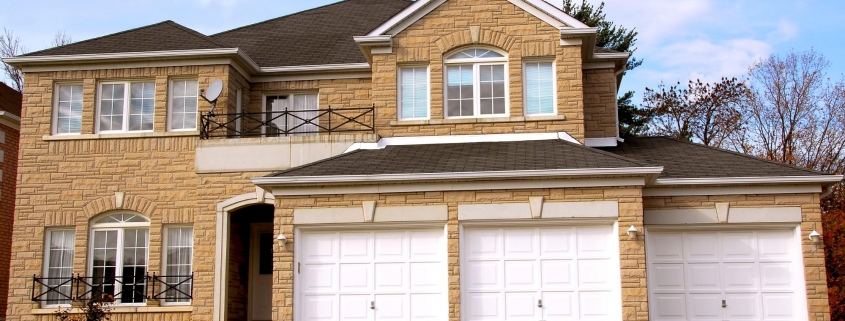
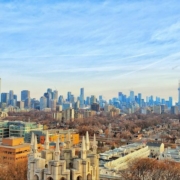
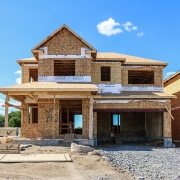
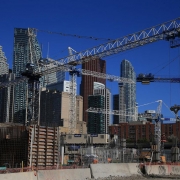
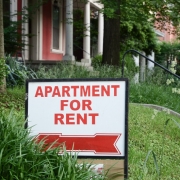
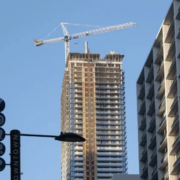


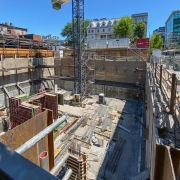
 Maziar Moini, Broker of Record - Home Leader Realty Inc.
300 Richmond St. W., #300, Toronto, ON M5V-1X2
Maziar Moini, Broker of Record - Home Leader Realty Inc.
300 Richmond St. W., #300, Toronto, ON M5V-1X2



